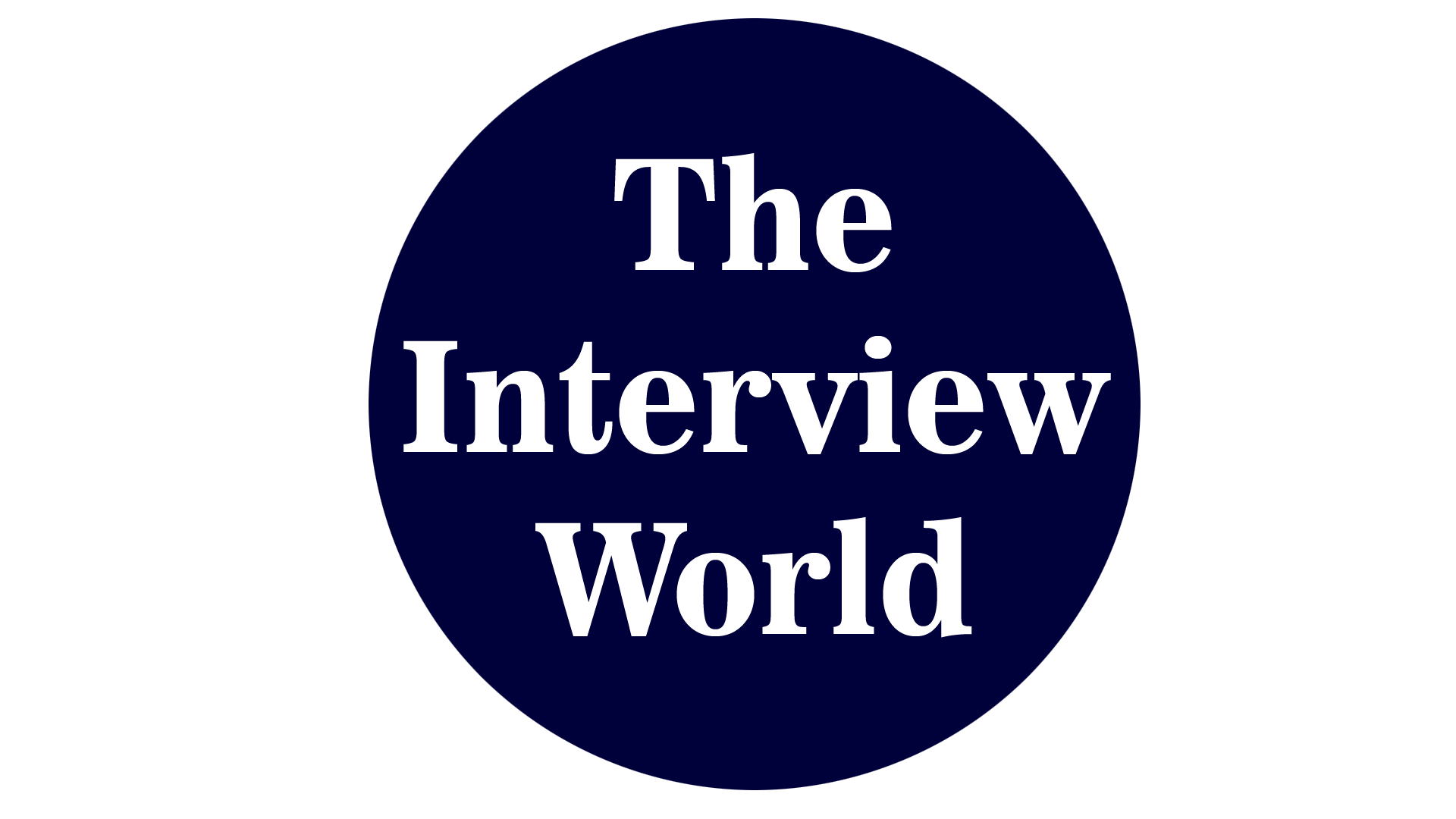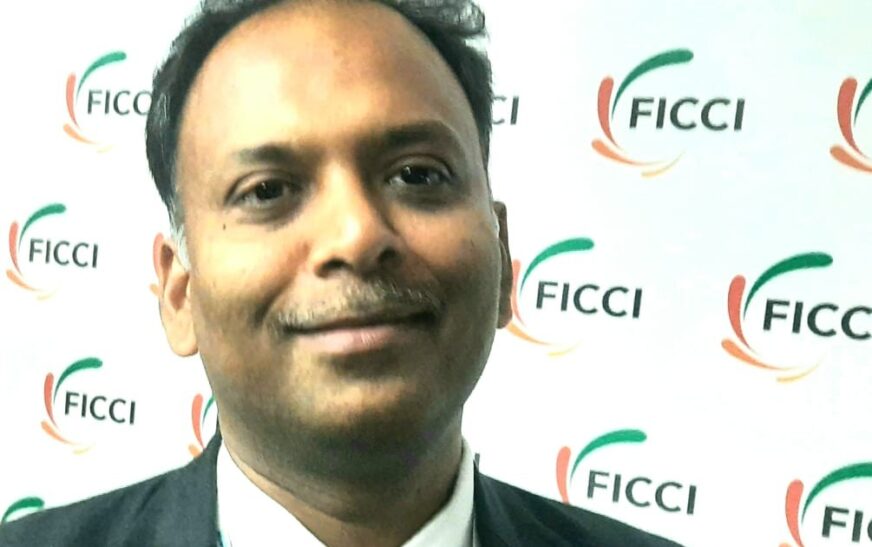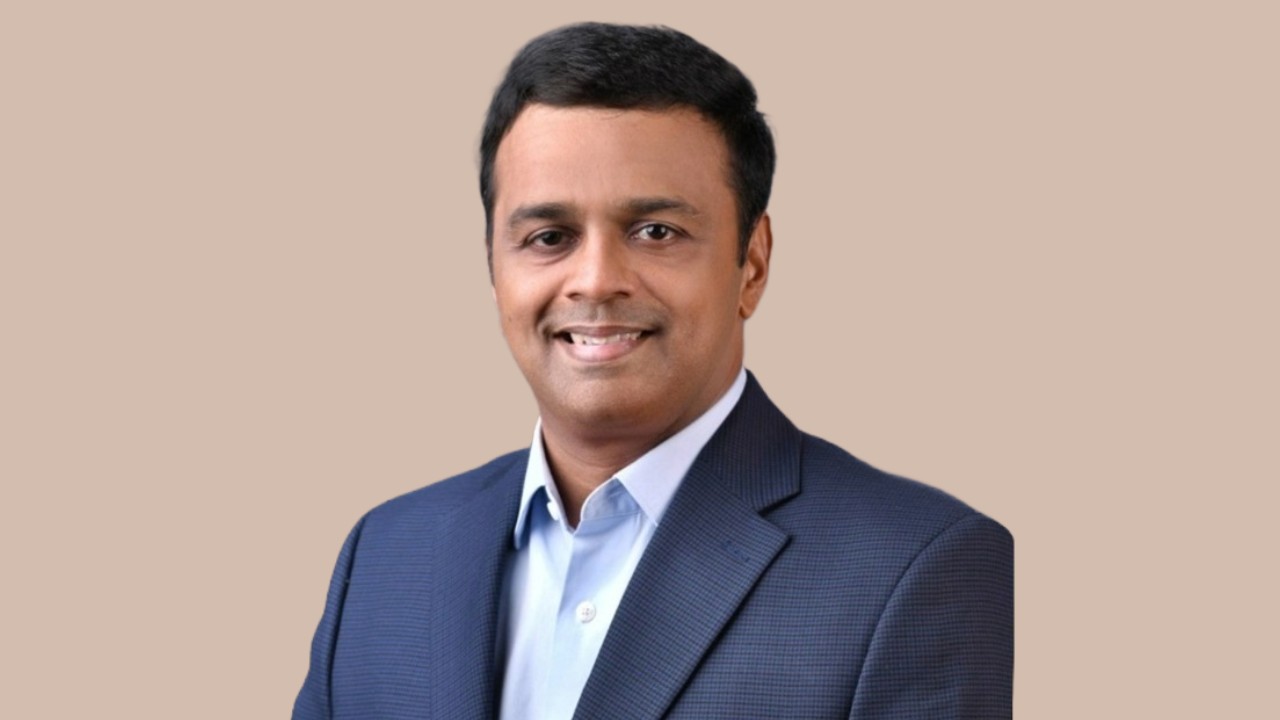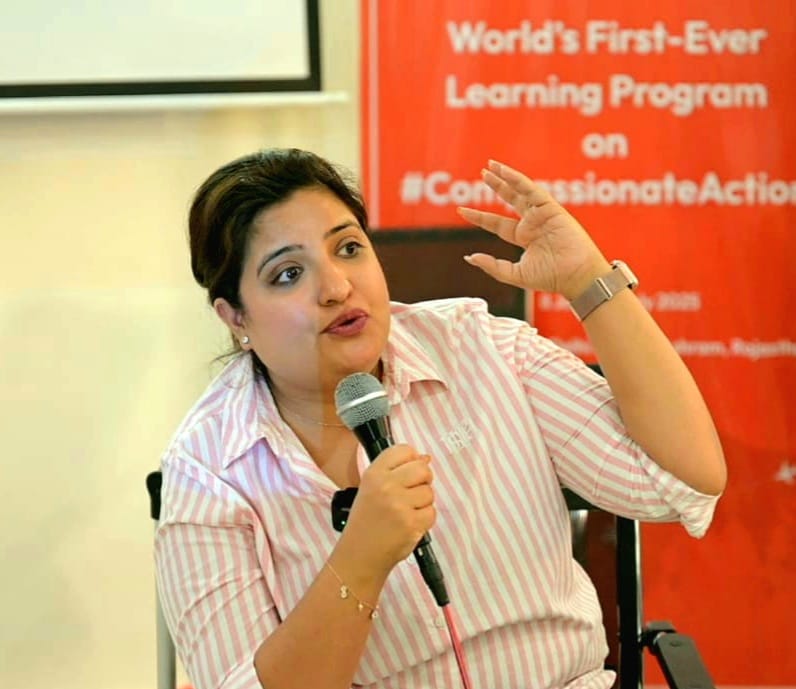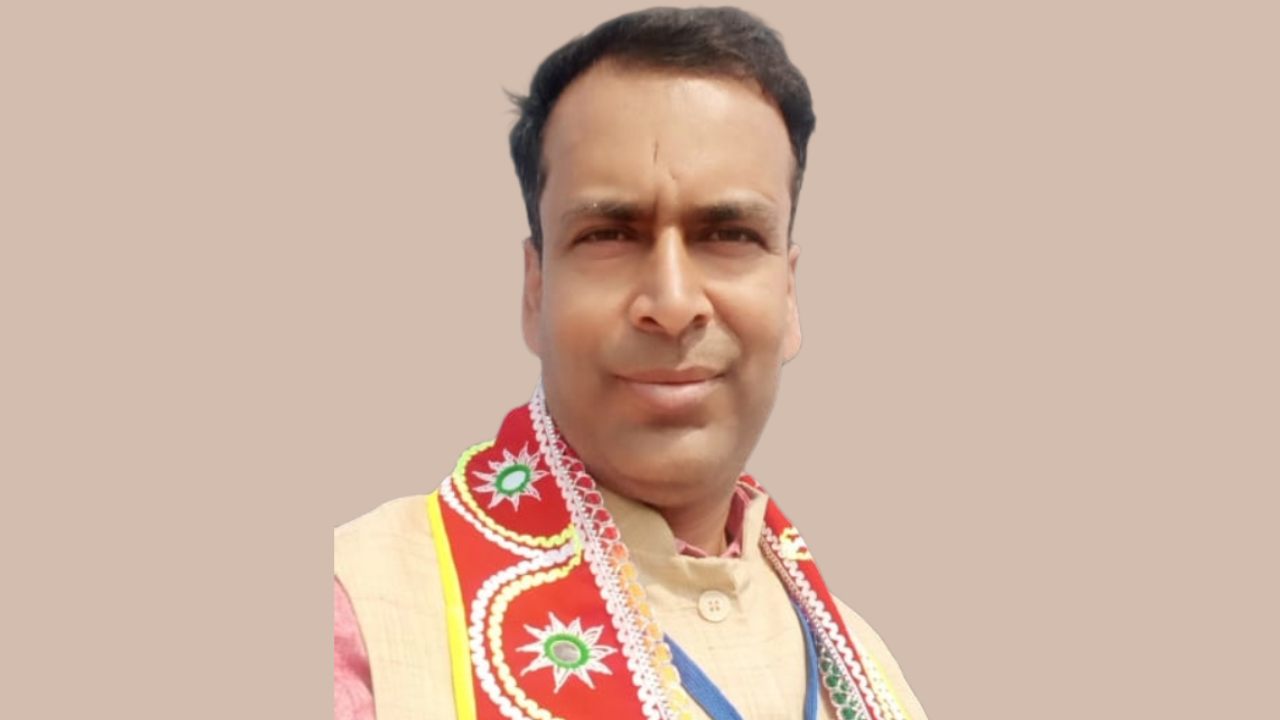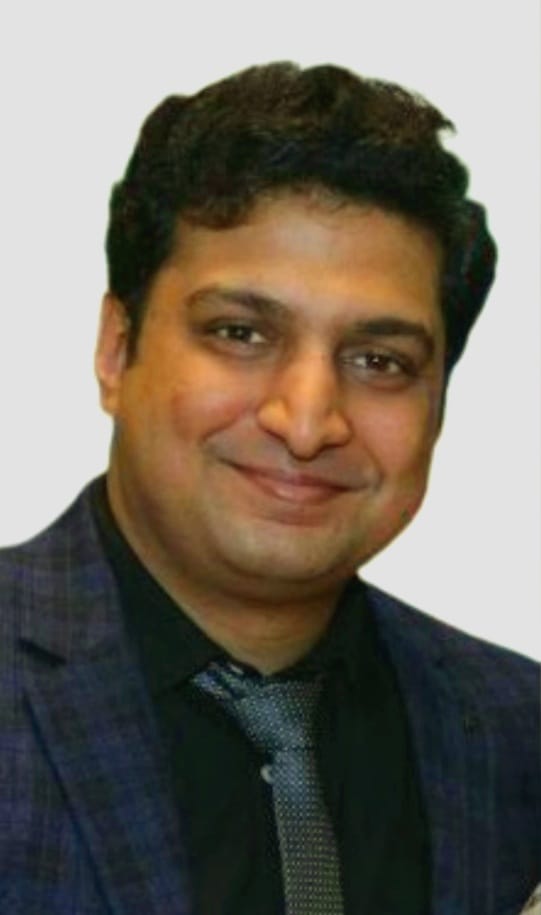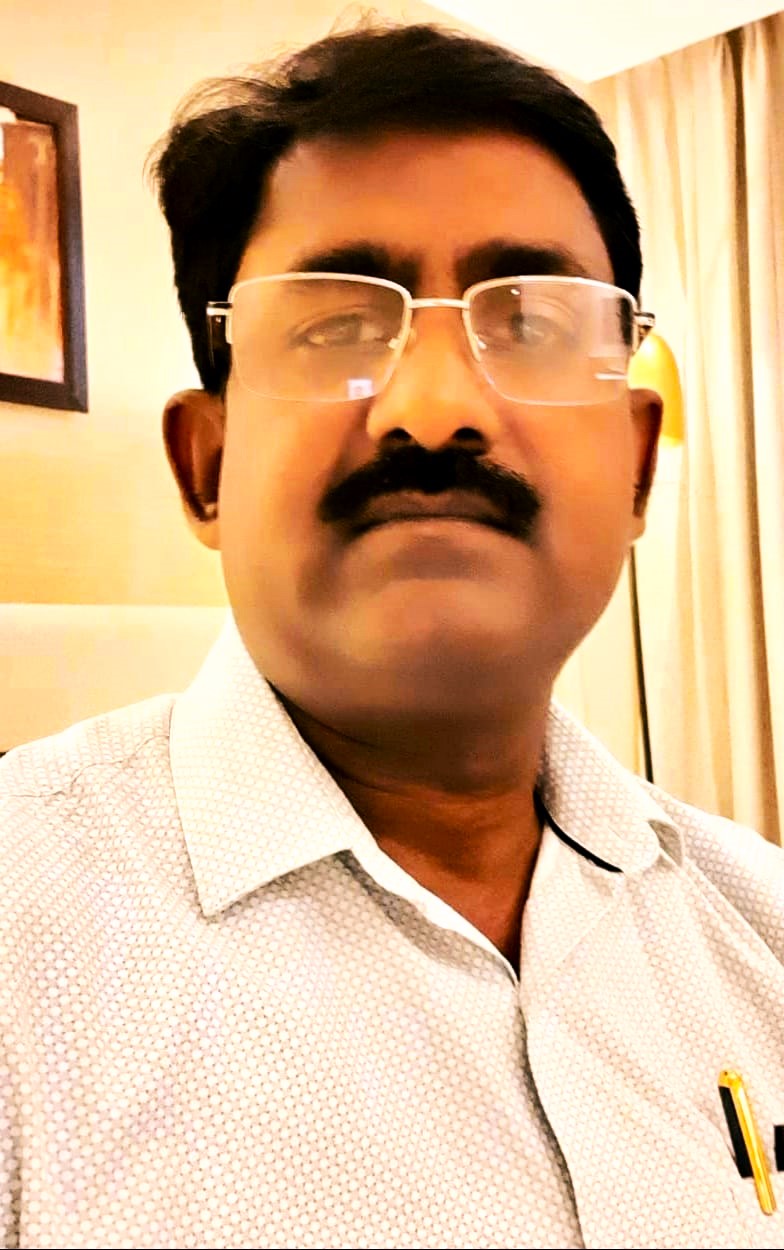EY, in partnership with NITI Aayog and FICCI, unveiled the report Healing Ecosystems: Establishing Medical Hubs in India, a decisive blueprint for advancing India’s medical value travel (MVT) sector. The report champions the creation of integrated medical hubs, surrounding hospitals with holistic ecosystems—including accommodations, diagnostics, insurance services, and traditional medicine—to deliver seamless, comprehensive care to patients and their families.
Serving as a practical toolkit for states, it outlines the core components of successful medical hubs, robust financial models, innovative PPP structures, and effective risk-sharing frameworks. Importantly, it tackles persistent challenges such as cumbersome health visa processes, fragmented support services, and critical infrastructure gaps that currently restrain India’s MVT growth.
The report strongly urges the government to streamline visa and support services through a single-window digital platform, a move essential for boosting India’s competitiveness against rising contenders like Malaysia and Turkey. Throughout, the report underscores technology’s pivotal role in redefining patient care delivery for a global audience.
In an exclusive interaction with The Interview World at the FICCI Medical Value Travel Conference, Dr. Satyam Shivam Sundaram, Partner, Strategy & Transactions, Ernst & Young, delves into the critical insights of Healing Ecosystems: Establishing Medical Hubs in India. He reflects on India’s readiness to meet soaring international demand, emphasizes the catalytic impact of simplified health visas on MVT growth, and explores how emerging technologies are poised to transform the healthcare landscape over the next decade.
Here are the key takeaways from his powerful and illuminating conversation.
Q: EY, in collaboration with NITI Aayog and FICCI, recently launched the report ‘Healing Ecosystems: Establishing Medical Hubs in India.’ Could you walk us through the key insights, recommendations, and strategic aspects highlighted in this report?
A: This entire conference centres around medical value travel (MVT). Within this, one critical aspect is demand generation: where will patients come from, and why will they choose to travel? Equally important is the supply side — once patients arrive, where will they go?
Today, while individual hospitals have made efforts to attract patients, a major gap remains: where will patients and their families stay during treatment and recovery? Often, after surgery or therapy, patients require extended stays of 10 to 15 days. Unfortunately, the supporting ecosystem for this — accommodations, diagnostics, insurance services, and counselling — remains underdeveloped in many areas.
Informally, we have seen some medical hubs evolve around major hospitals in cities like Gurgaon and Mumbai. However, these remain sporadic and insufficient. The lack of a robust support infrastructure not only affects patient experience but also impedes the growth of medical value travel.
This is where the concept of medical hubs becomes critical. Functional medical hubs offer a comprehensive ecosystem — a tertiary care hospital, specialized treatment centres, polyclinics, diagnostics, research institutions, and medical colleges, all under one umbrella. It also provides a range of stay arrangements, from low-cost hostels to premium accommodations, alongside access to traditional medicines and wellness therapies. As a result, patients receive holistic care without the need to navigate disconnected services.
The report we are discussing addresses precisely this need. It explores how India can systematically develop integrated medical hubs. It outlines key institutional and financial frameworks, identifies responsible stakeholders, and offers a practical toolkit for states to guide implementation.
Furthermore, the report highlights existing initiatives. For instance, Jharkhand has envisioned a medical city for years, and Pune had announced plans for two medical cities five years ago — yet neither project has materialized. This gap between ambition and execution stems largely from two issues: limited capacity at the state level to conceptualize integrated models and the inability to operationalize complex projects.
Recognizing these challenges, NITI Aayog, FICCI, and EY collaborated to create this report as a definitive guide. It details the current state of medical value travel, defines the essential components of a medical city in the Indian context, and clarifies what India should prioritize — not just hospitals, but also stay arrangements, manufacturing centres, and ancillary services.
For each component, the report specifies the key features and functionalities required. It then explains how to structure such projects in India, identifies available funding mechanisms, and examines the roles of central and state governments. Finally, it explores public-private partnership (PPP) models and outlines institutional arrangements necessary for success — because ultimately, a medical city must function as a self-sustaining urban ecosystem.
Q: How many cities have been identified or recommended for the development of integrated medical hubs in the report?
A: India has been discussing this for creating medical hubs in more than 35 cities. The concept has been in the works for several years, but the focus has always been on how to develop, rather than how many developments are needed. The key question revolves around the approach to development. How do we go about it? Additionally, what mechanisms are in place for risk-sharing if we were to involve the private sector in one of the components? What roles would the government, regulators, and private sector play? How would the system operate? The development will require infrastructure such as roads, and common services—who will be responsible for maintaining these?
These are complex issues that states have been grappling with. Unfortunately, they have struggled to define clear solutions and move forward with implementation. As a result, the framework essentially serves as a toolkit to guide them.
Q: Could you elaborate on the infrastructure recommendations outlined in the report for establishing integrated medical hubs?
A: This is not a traditional research report designed to generate findings and recommendations. Instead, when we refer to it as a “toolkit,” we mean it as a practical aid and support system—essentially, a manual. The purpose is clear: by following the steps outlined in the manual, readers will be empowered to take action independently.
NITI Aayog, in collaboration with FICCI, worked closely with us to develop this manual. The goal was to provide guidance for states looking to undertake specific initiatives. For instance, if a state decides to establish a MedicoCity, the toolkit will clearly outline the seven key components involved. It will detail the steps required, offer strategies for implementation, provide insights on financing, and explore approaches for ensuring long-term sustainability. This toolkit covers all these crucial aspects, serving as a comprehensive guide.
Q: In the context of Medical Value Travel, how well-prepared is India’s medical infrastructure to meet growing global demand?
A: Let me begin by addressing the broader picture. You’ve likely heard throughout the day that India’s medical value travel market is estimated at $9 billion. But who defined this figure? It originates from a report published years ago, which suggested this number. Since then, it has become a reference point, frequently cited in Parliament and across discussions, despite there being no systematic review of it.
FICCI and EY, through their roundtable discussions with CEOs and ongoing dialogues about medical value travel, have worked to identify key areas that require attention. While infrastructure—specifically hospitals—may not pose the biggest challenge, we’ve identified several pressing issues over the years. For instance, challenges related to insurance were mentioned earlier today, but significant progress has been made in resolving them.
There are still lingering issues, such as payment processes for international patients. For instance, a patient may not know how to pay upfront, and healthcare providers are uncertain whether they will receive payment later, especially if payment is delayed. We also face challenges with visas, accommodations for accompanying family members, and whether facilitators—those guiding the patients—are providing the right advice. These facilitators have evolved organically over time.
In the last three years, however, we’ve made strides. Our successive reports highlighted the need to accredit these facilitators with NABH, and last year, NABH agreed to the initiative. This accreditation is now being implemented.
Despite these advancements, much more work lies ahead. For example, while a portal exists to address some of these challenges, there is no integration across ministries, as we heard in the previous session. The absence of a unified task force at the institutional level on the government side remains a significant gap. Although a committee was created back in 2014-15, progress has been slow. This, I believe, is the softer, yet crucial, area that needs focus more than the infrastructure itself.
Q: Given that the Health Visa remains a challenging aspect of Medical Value Travel, what steps should the government take to streamline and strengthen this process?
A: The key to success lies in delivering a seamless service. Take, for example, the experience at a passport office. It’s a smooth, streamlined process where we receive 15 standardized services. Why can’t we replicate that model? Currently, we have a portal and a single-window clearance system in place. However, it’s not functioning as it should. The process should allow individuals to upload their data, which would be encrypted and sent to the relevant authorities. From there, the system would fetch necessary information, and ultimately, a visa would be granted. Yet, this crucial integration is still missing.
Q: If Health Visas are provided seamlessly to international patients, what level of growth do you anticipate in India’s Medical Value Travel sector?
A: Health visas will likely see an immediate increase of 15 to 20%, with further growth to follow. This growth will be driven by increased transparency in pricing, standardization, and quality. Currently, there are two types of patients coming to India. The first group is price-conscious, seeking affordable treatment. However, countries like Malaysia and Turkey are now competing on price. Given the geopolitical landscape, many price-sensitive patients may choose to go there.
To stay competitive, India must shift from competing solely on price to emphasizing quality. Quality is not lacking here, but it is often seen in isolation. It needs to be consistently integrated across the system.
The second group consists of high-net-worth individuals, particularly from the US and UK, who come to India primarily due to their Indian origin. While they seek treatment here, their trust in the system is not universal. To attract a broader range of high-paying patients, India must build trust and create compelling case studies. Establishing a brand for medical value travel, similar to the “Incredible India” campaign, can help build this trust.
Once trust is established, patients from various backgrounds will choose India for treatment. After all, no one wants to wait six months to a year for medical care in places like the NHS or the US, especially when they have access to the expertise of India’s top doctors.
Q: How do you foresee emerging technologies reshaping the healthcare landscape in the coming years?
A: Emerging technologies are making significant contributions in multiple ways. First, it’s important to recognize that technology is not just benefiting Medical Value Travel (MVT) but also improving healthcare services for Indian patients. For instance, eICUs are now operational, allowing even remote areas to access ICU services with the support of technology. Medical professionals at the backend provide vital assistance, ensuring that patients in these areas receive the necessary care.
Additionally, hospitals in cities like Lucknow have started implementing AI-driven interventions in their ICUs, significantly improving success rates compared to previous practices. Major healthcare brands in Delhi, Chennai, Hyderabad, and other cities have also integrated advanced technologies to enhance their services. One area seeing tremendous advancements is nuclear medicine, which has seen remarkable progress.
Precision medicine, including genetic studies, is another area where India is making strides. For example, blood transfusions, which once carried risks of reactions, now have solutions based on genetic insights. We can now identify the specific component responsible for these reactions and remove the problematic gene. While this work is happening, it remains somewhat isolated and under-publicized, and there’s a strong need to propagate these successes, brand them, and bring them to the forefront.
Such innovations will elevate India’s reputation in medical value travel, reinforcing both the quality and consciousness surrounding the country’s healthcare offerings. Another critical aspect that can enhance India’s global healthcare image is the integration of traditional medicine. Post-COVID, there is growing global interest in understanding how traditional medicines work. I’ve visited several countries, including European ones, where this curiosity is evident. Unfortunately, in places like Goa and Kerala, where traditional medicine could flourish, it has largely been reduced to spa treatments.
To truly leverage the potential of traditional medicine, India must move beyond this limited perception and establish itself as a holistic service provider. This shift could significantly enhance India’s standing as a medical destination, providing a more complete and diverse healthcare experience.

